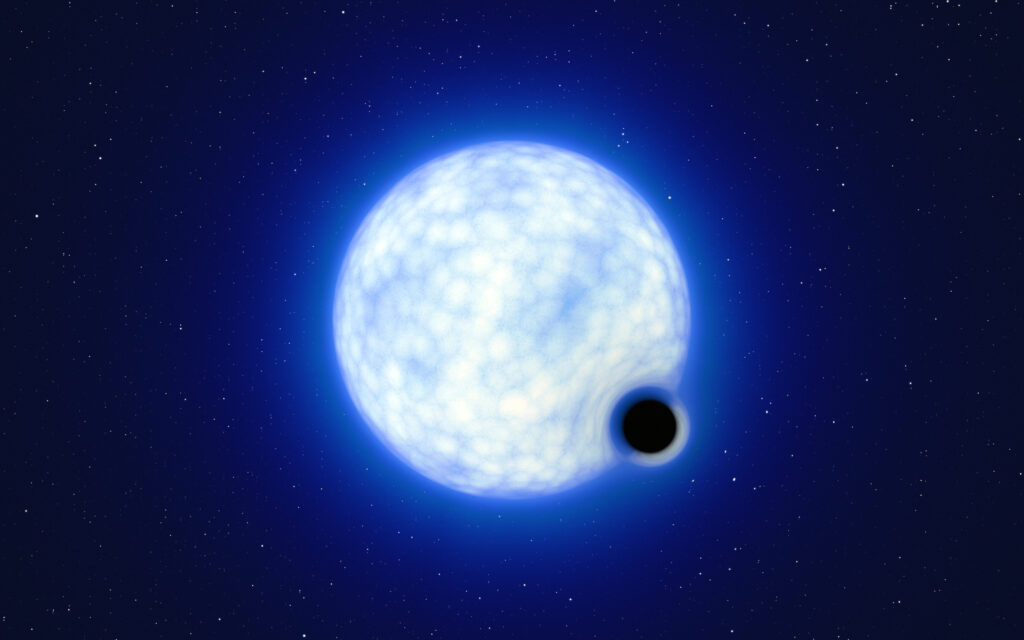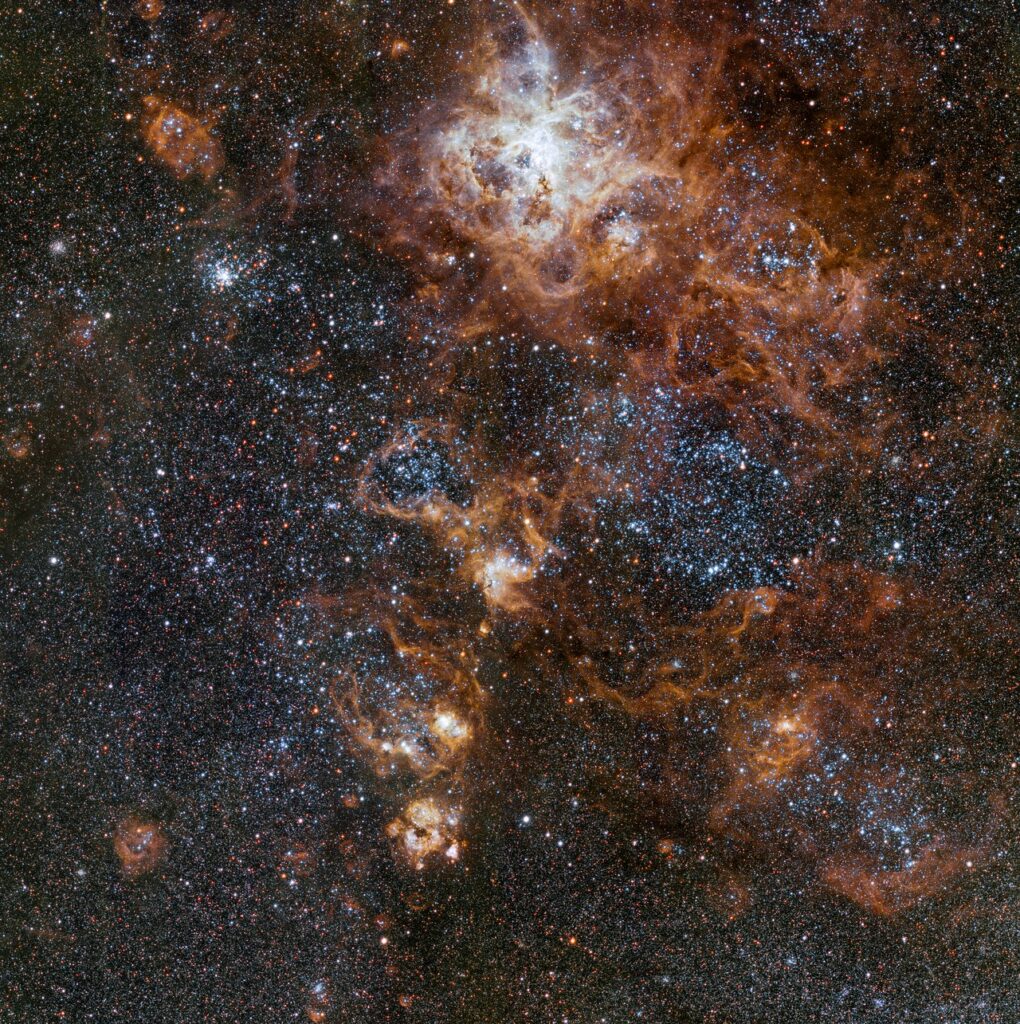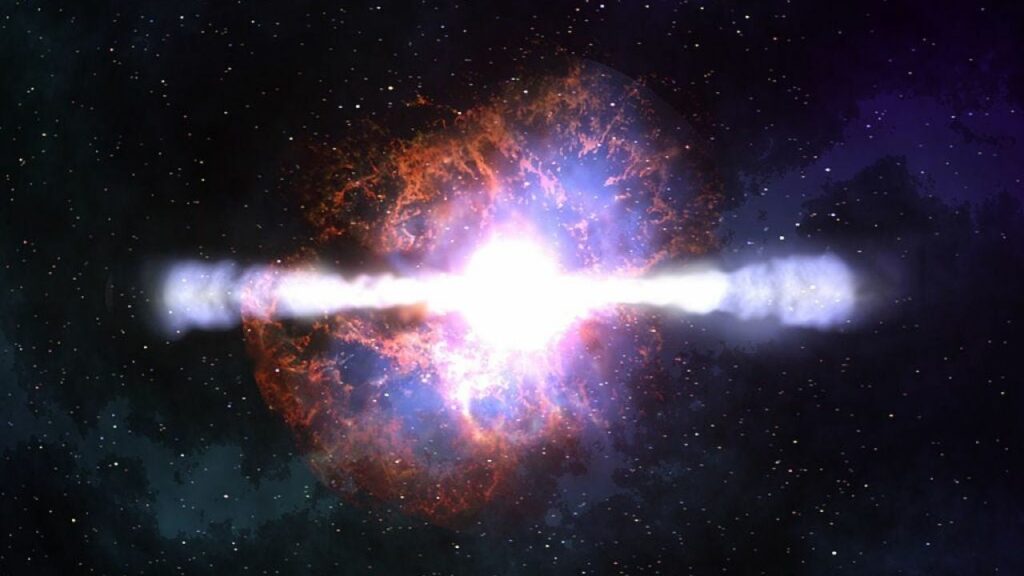An international group of experts has announced the discovery of a black hole located in a neighboring galaxy. It is curious that prior to this, this team of researchers (informally called the black hole police) several times refuted false reports of other astronomers about the discovery of similar objects. Now, for the first time, experts have found a black hole themselves.
“Sleeping” black hole
The newly found black hole was designated VFTS 243. It is located in the Large Magellanic Cloud — one of the closest neighbors of our Milky Way. VFTS 243 is a stellar-mass black hole. Its mass exceeds the mass of our Sun by nine times. Such bodies are formed when massive luminaries come to the end of their life cycle and collapse under their own gravity.

VFTS 243 is part of a binary star system. Its neighbor is a hot blue star whose mass is 25 times that of the sun. However, since VFTS 243 does not actively interact with the companion, a stream of high-energy X-rays does not emanate from its vicinity, the presence of which usually makes it possible to register a black hole. Astronomers call such black holes “sleeping”.
Detecting “sleeping” black holes is an extremely difficult task. There have been cases several times when various research teams announced the discovery of such bodies at the beginning, but after independent researchers rechecked the data, they admitted their mistakes.

Nevertheless, in the case of VFTS 243, experts are sure that we are really talking about a black hole. Their conclusions are based on the results of six years of observations of the Tarantula Nebula made using the FLAMES spectrograph (Fibre Large Array Multi Element Spectrograph) mounted on the ESO’s Very Large Telescope.
Stellar collapse without supernova explosion
The discovery of VFTS 243 is important because it allows us to offer a unique model of the processes that accompany the formation of black holes. The fact is that there is a debate among astronomers about whether the process of collapse of a dying star is always accompanied by a supernova explosion.

Examination of the VFTS 243 system revealed no signs of a previous explosion. This is an important proof in favor of the possibility of a direct collapse of a star into a black hole, without the formation of a supernova. In turn, this is of great importance for a better understanding of such bodies.
According to scientists, they hope that their work will initiate the discovery of other “sleeping” black holes of stellar masses orbiting massive stars. According to modern ideas, there should be thousands of such systems in the Milky Way and in the Magellanic Clouds.
According to https://www.eso.org
Follow us on Twitter to get the most interesting space news in time
https://twitter.com/ust_magazine

